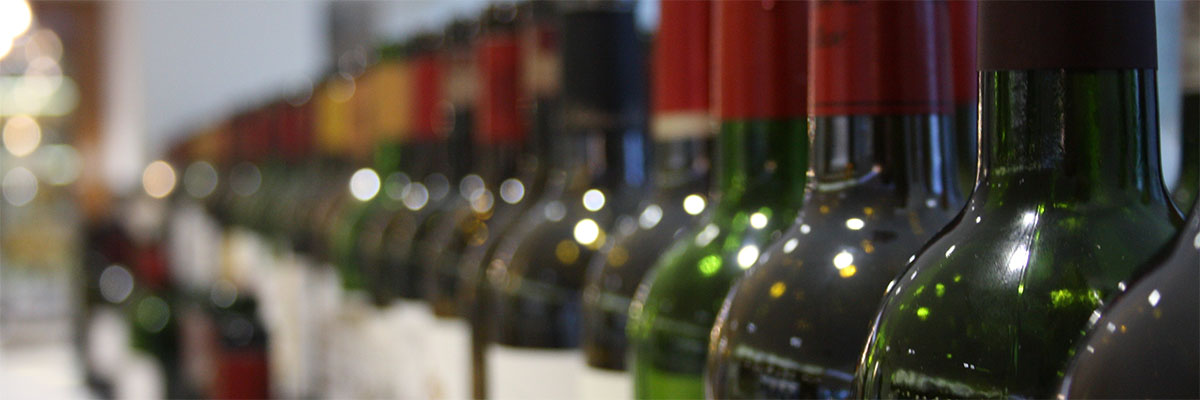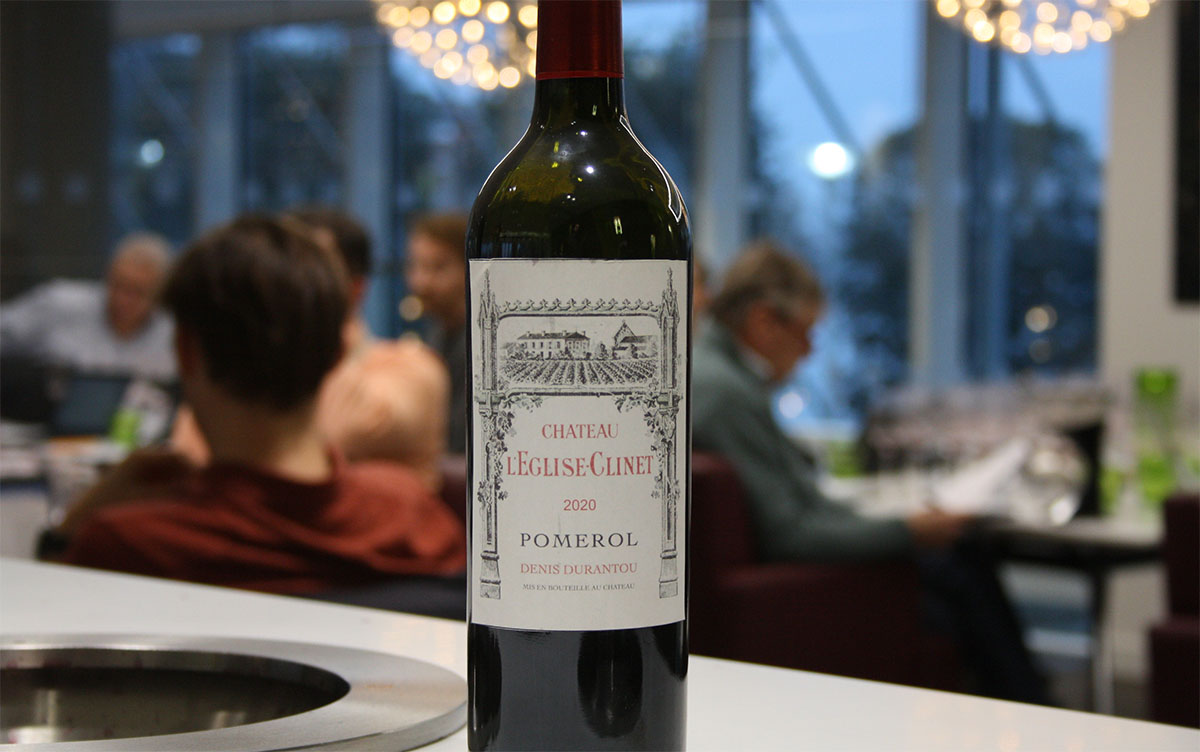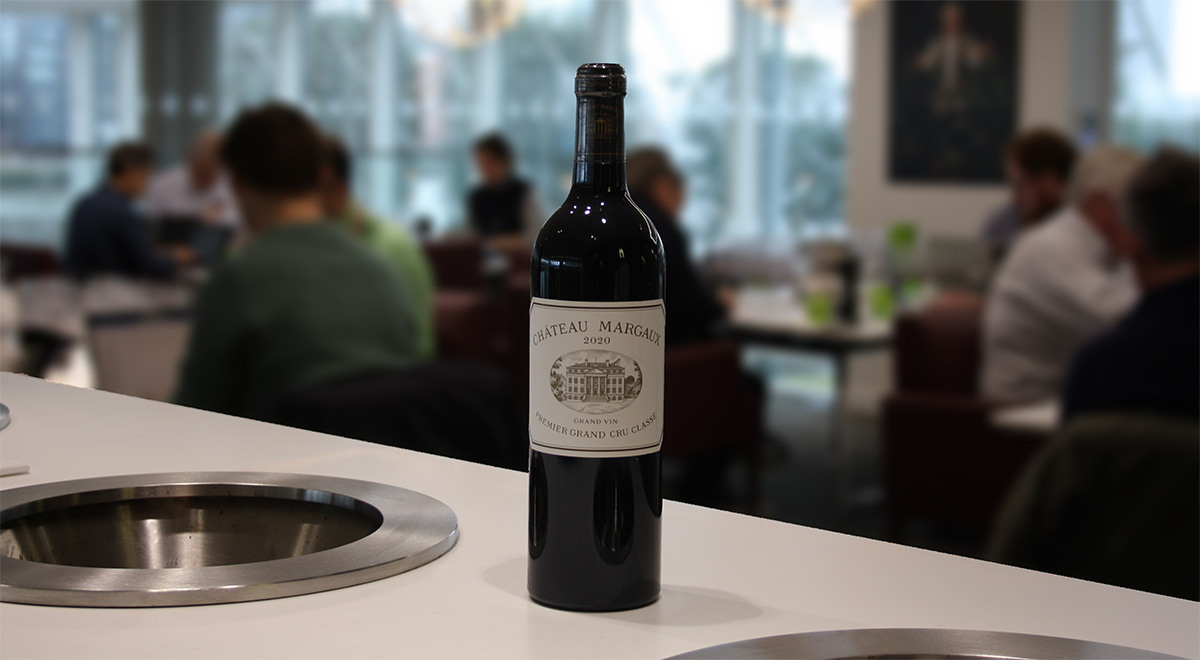
I always look back at my En Primeur notes a few days before the Southwold Group tasting to reacquaint myself with the vintage and my early impressions. Spring 2021 was beset by more restricted travel due to COVID and we tasted samples in London, keeping to the socially distanced regulations of the time. The novelty had worn off from the experience with 2019 and I ended up with hundreds of open samples in my garage, wading through and tasting twice or three times where possible to get a full impression. Perhaps it was a combination of tasting away from the region and the manner in which the samples had to be drawn and shipped, but the 2020s were a little awkward to taste. The quality was clearly there but many wines were stubborn, firm or struggling to knit together, much in the mould of 2010s from barrel, though not quite as powerful in fruit or structure, high in alcohol or dark in colour. The wines were often profound, deep and vertical with great length and very measured ripeness. The vintage clearly had the potential to be great, though could it reach the heights of the stellar 2016 and 2019?
In the interim I have tasted the vintage often, a few châteaux at a time, and the wines are improving as they start to age in bottle; unfurling slowly aromatically and piecing together their structural elements, revealing great purity and intrigue. As such my expectations for this tasting were high. Critical review had certainly inflated the vintage in bottle, with both William Kelley and Neal Martin considering whether the vintage is indeed superior to 2019. The group assembled over three days to taste over 300 of the best and most famous names blind in flights to see both how the vintage stacked up as a whole, and which châteaux would rise to the top. Neal Martin and Julia Harding MW were in attendance along with buyers from the assembled UK trade; half the tasters are masters of wine.

As I wrote in the 2019 report, this appellation is most improved in the last decade. There is largely a much clearer translation from soil to glass, with few examples of the over-extraction, over-oaking or over-ripeness that plagued the wines a decade ago. Canon is magnificent in 2020 and was my personal top score here, discreet with a superb texture and depth. The group winner was Figeac, a dense and powerful wine with great potential. Cheval Blanc was just behind with Angélus a commendable third – the slight shift in style at this property is certainly reaping rewards as the wine is now more chiselled and streamlined. The value pick is Berliquet, a property that is going from strength to strength under Chanel’s ownership.
There are some stellar Pomerols in 2020 - Merlot was a great success in the right hands. Eglise Clinet was the top right bank wine overall and beat all but one of the left bank first growths (more on that later). It came top both for the group and in my own rating, and is a powerful, complex wine that needs time to open up but is bursting with potential - it could well become the wine of the vintage. There are many great wines that can be bought with confidence and which all translate their styles brilliantly this year. The Moueix stable was particularly strong, both Trotanoy and La Fleur Pétrus were highlights. The Lalande de Pomerol Les Cruzelles gets an honourable mention for outscoring many famous Pomerols; the Durantous did stellar work in this vintage despite their tragic loss.

It is no surprise that the two Dillon wines were the top scorers this year, but La Mission did beat its stablemate Haut Brion to top spot. The appellation was a little more varied overall with different styles and some more perceptable alcohol, but Pape Clément’s increasing refinement is becoming clearer each year, and Smith Haut Lafitte was a strong performer as always. I personally loved Les Carmes Haut Brion – it is idiosyncratic and fairly easy to spot blind thanks to the overt influence of whole-bunch fermentation, but the underlying quality is quite brilliant. I will be buying a case for my cellar.
Margaux produced some outstanding wine in 2020 to fit all price points, the vintage allowing the appellation’s ethereal fragrance to shine. Château Margaux itself was the top scoring first growth, tying with Eglise Clinet in the upper echelons of the leader board. It will vie with a handful of names to be wine of the vintage. Brane Cantenac is on real form in recent vintages, and was the second-best wine in this appellation, making it outstanding value for money. The 2020 and 2019 will be held as great vintages at this property for decades to come. Rauzan Ségla was a reliably strong performer but the second wine, Ségla (not yet released), was perhaps the biggest overperformer in the appellation, beating many first wines from famous châteaux due to its deft balance, supple tannins and moreish drinkability.

Always a consistent flight, the leaderboard here was tightly stacked and many wines can be bought with real confidence in 2020. The chiselled nature of the vintage is very suited to St Julien, the wines building fleshy fruit cores on strong tannic bones. These wines will age beautifully in bottle but they do need time. Léoville Poyferré just edged to the top – this was an impressive wine from barrel, and is now arguably stronger than the excellent 2019. Beychevelle had the strongest performance in recent years at this tasting and of course both Bartons and Léoville Las Cases did well. Langoa Barton looks a great buy when considering its price versus the other names in this line up.
The beating heart of the northern Médoc did not disappoint. Mouton Rothschild and Latour were both very strong performers and need real time in bottle to unfurl and grow into themselves. This was a theme for Pauillac this year – many of the wines are very muscular and I expect will shut down for some years before revealing their potential at a decade or more old. The pick of the bunch to buy must be Pichon Lalande. This is first growth quality in 2020, with a group score that competes with the very best the vintage has to offer – it is a luxurious, sophisticated and harmonious wine, beautifully judged in a manner that brings hedonistic joy to the cerebral nature of 2020. Pichon Baron is also impressive, a laser-focused vin de garde. For those looking to better value, Grand Puy Lacoste once more bested many more expensive wines, it is subtle and understated yet beautifully delineated, a wine for the mid-to-long term.
Despite an absence of first growths, Saint Estèphe has produced a monument in 2020. Montrose has become a first growth in all but name in recent years, and the 2020 may well be the best of the lot. It was the breakaway winner of the appellation and vied with the very best names overall. It tied my personal top four wines of the vintage, together with Eglise Clinet, Margaux and Canon, all of which I scored equally. For a fraction of the price, Tronquoy (not yet released) is a must buy again this year, beating all other St Estèphes save the Montrose. Made by the same team, this property is producing some of the best value wine in all Bordeaux right now, a mini-Montrose in style with rounded edges and a glistening, approachable texture. The wines overall were chewy and structured as we expected, but Phélan Ségur was very impressive and more approachable than most.
A brief note on the dry and sweet whites. They offer early drinking appeal and are soft and fleshy, but both lack the acidity, intensity or vibrancy that gets me excited. There are better recent vintages to buy, and often older vintages can be procured at similar or lower prices.
2020 was not an easy vintage to taste at this early stage. Stylistically it falls into the same category as 2010 and 2016: cerebral, structured and full of potential, but needing time in bottle and patience in the cellar. The peaks are extremely high, and the best wines are not always the most expensive, democratising the region and giving collectors reason to be enthusiastic even if the first growths are out of reach. The consistency throughout the region is more debatable, though. 2016 remains my favourite vintage of the last decade, the wines are chiselled, youthful and full of verve, and though the best 2020s rank with their counterpart 2016s, this isn't a year to buy blind.
Is it better than 2019? Personally, I think there is more to enjoy in the solar, vibrant and silkier textured 19s. 2019 is more consistent too. Yes, 2020 is likely more concentrated, and tasters can rave about the wines’ precision, density and balance at its best. But the structure is significant, and in lesser wines obtrusive to joy. The successes run deeper through the region in 2019 as a result and there is an easy balance to most wines. At times we can get too tied up in the intrigue of a wine to realise that we are supposed to enjoy drinking them, and that is what 2019 does so well. The 2020s are thinking wines, and the 2019s drinking wines. Both have a place in the cellar and will doubtless cause debate over the years, much like ’89 and ’90 or ’09 and ’10. What is certain is that Bordeaux has never had so many high-quality vintages for drinkers to enjoy, no matter their stylistic preference.
Personal Wines of the vintage:
Montrose, Eglise Clinet, Margaux & Canon
Wines to buy:
Les Carmes Haut Brion, La Fleur Pétrus, Léoville Poyferré, Pichon Lalande, Trotanoy
Best Affordable Quality:
Berliquet, Brane Cantenac, Les Cruzelles, Grand Puy Lacoste, Langoa Barton, Ségla (not yet released), Tronquoy (not yet released)
Top Wines by Appellation:
Saint Emilion - Figeac
Pomerol - Eglise Clinet
Pessac-Léognan - La Mission Haut Brion
Margaux - Margaux
Saint Julien - Léoville Poyferré
Pauillac - Mouton Rothschild / Pichon Lalande
Saint Estèphe - Montrose
Vintage ranking, decade to 2020 :
Top tier: 2016, 2019, 2020 (at its peak)
Second tier: 2018, 2015, 2014 (northern Médoc)
Third tier: 2014 (elsewhere), 2017, 2012, 2011
Bringing up the rear: 2013
See also:
